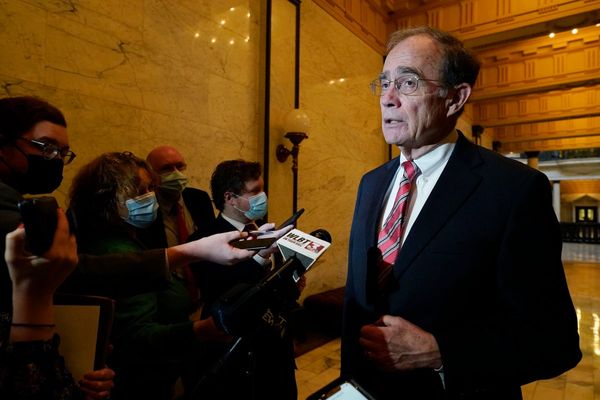For more than two years now, buying a new car has cost a small fortune.
And receiving it has become almost a luxury because it is difficult to know when it will arrive. The delivery times given by car manufacturers fluctuate, changing according to the availability of parts.
Blame it on supply chain disruptions that have been exacerbated by the covid-19 pandemic and the microchip shortage. These two problems together have forced automakers to temporarily suspend production of some, often very popular, models. They also reduced the inventory of new vehicles.
At the beginning of the year, the easing of the pandemic in several regions of the world gave hope that things would finally get back to normal, but that was without counting on the invasion of Ukraine by Russia. This unprovoked war caused the prices of the raw materials needed to assemble certain cars, such as electric vehicles, to skyrocket.
The Prices Are Soaring
And unsurprisingly the prices of new vehicles have risen sharply as automakers pass these additional costs on to consumers which eat away at their profits.
The average price of a new vehicle hit $46,259 in August, the highest on record, according to J.D. Power/LMC.
A recent iSeeCars analysis of 1.9 million new car listings found the average new vehicle is priced 10% above MSRP, the retail price suggested by the manufacturer. Additionally, some new vehicles are priced well above the 10% average, the study said.
The Top 15 cars with the greatest markups range from 1.8 to 2.4 times above the 10% percent average for all vehicles. The price of the Jeep Wrangler is thus $8,433 higher than the price suggested by Stellantis (STLA); The Porsche Macan (VLKAF) costs $14,221 more than the price offered by Porsche; The Ford Bronco is $8,697 more than Ford's (F) suggested price and the Chevrolet Corvette is $14,697 more than General Motors' (GM) suggested price.
"Dealers have responded to market conditions by pricing cars above MSRP making a higher profit on specific models to help offset lower sales volumes from restricted new car production,” said iSeeCars Executive Analyst Karl Brauer. "In today’s market, consumers are willing to pay well-above sticker price for new cars because inventory is so scarce and because they know that new car pricing is not expected to improve until 2023 at the earliest.”
Missing Parts
Unfortunately, this trend will continue. Ford has indeed reminded us that the supply chain remains a huge headache and that some suppliers continue to raise prices.
"The supply shortages will result in a higher-than-planned number of 'vehicles on wheels' built but remaining in Ford's inventory awaiting needed parts, at the end of the third quarter," Ford said in a regulatory filing.
This means that the Dearborn, Mich.-based automaker's inventories will remain limited. Ford, for example, finds itself with between 40,000 and 45,000 unfinished vehicles because certain parts are missing. These cars had been promised to dealers for the end of the month at the latest. This will not be the case, according to Ford, which hopes to be able to finish assembling them before the end of the year.
Ford is not an isolated case. In July, GM had already warned that it was left with 95,000 unfinished vehicles because of the lack of components.
"Supply chain challenges may not be in the news as prominently as they were last spring, but it remains the single biggest problem facing manufacturers in every industry," said James Sampson, partner at Black Horse Consulting & Advisory in a post on LinkedIn.
All this means that given the imbalance that already exists between demand and supply, the advantage will further widen in favor of demand. Basically, car prices will continue to rise because there aren't enough of them. Delivery times will continue to increase by several weeks or even months.
We must not either forget that the financing of the purchase of cars is again costing more because the Federal Reserve is in a cycle of raising its interest rates. So, auto loan rates are much higher.
The average monthly percentage rate on a new car hit 6.14% in August, according to Edmunds.com, the highest since January.
The bad news delivered by Ford have thus helped to cement the idea that almost all car manufacturers remain limited by their supply chain. The auto industry thus experienced a bad week on Wall Street.
Admittedly, the sector's slide is also fueled by fears surrounding the health of the economy undermined by inflation at its highest in 40 years, but the bad news delivered by Ford completely shook investors.
Ford shares have lost 16.4% in the past five trading sessions. GM fell 11.2% and Rivian (RIVN) dropped 14.5%. Stellantis, formerly Fiat Chrysler, fell 10%, Lucid (LCID) fell 13.3%, while Tesla (TSLA), the market leader in electric vehicles, fell 9.2%.







